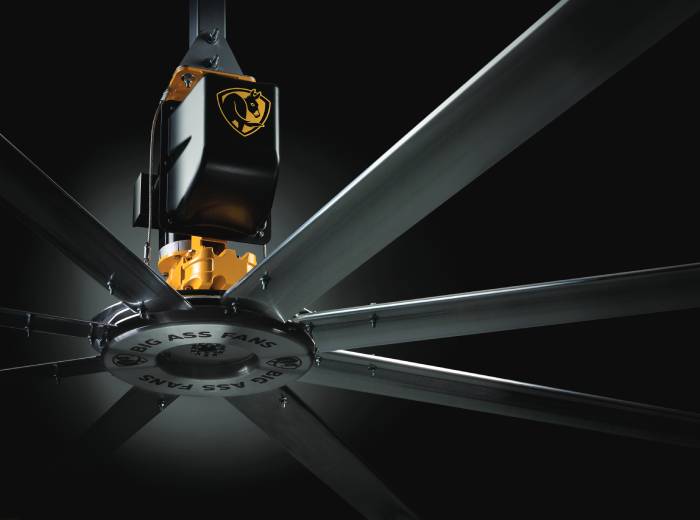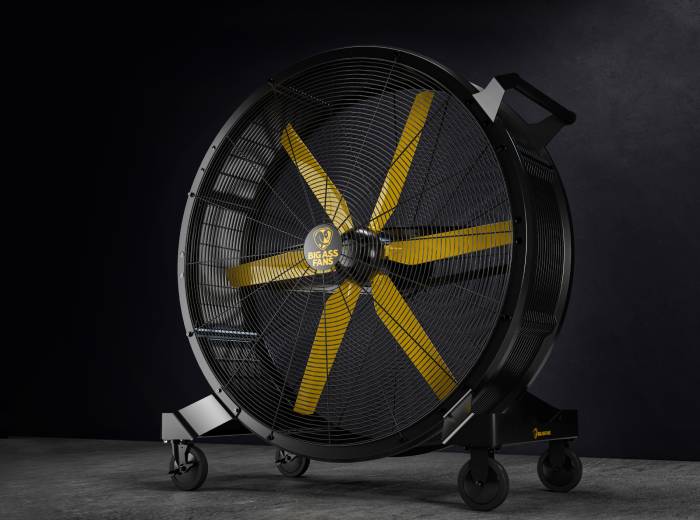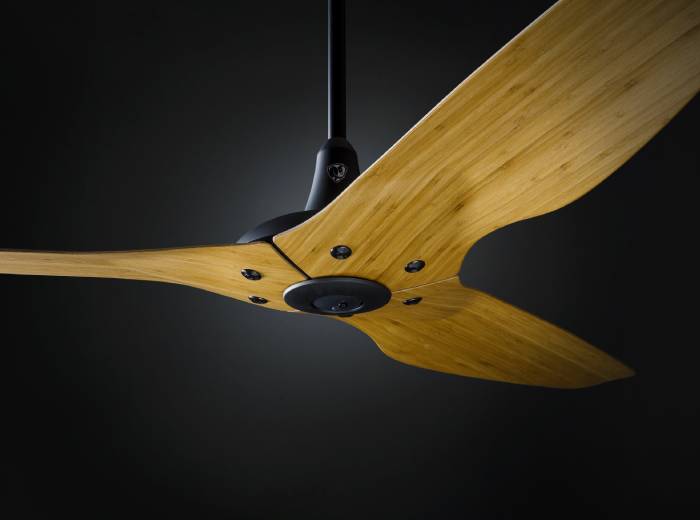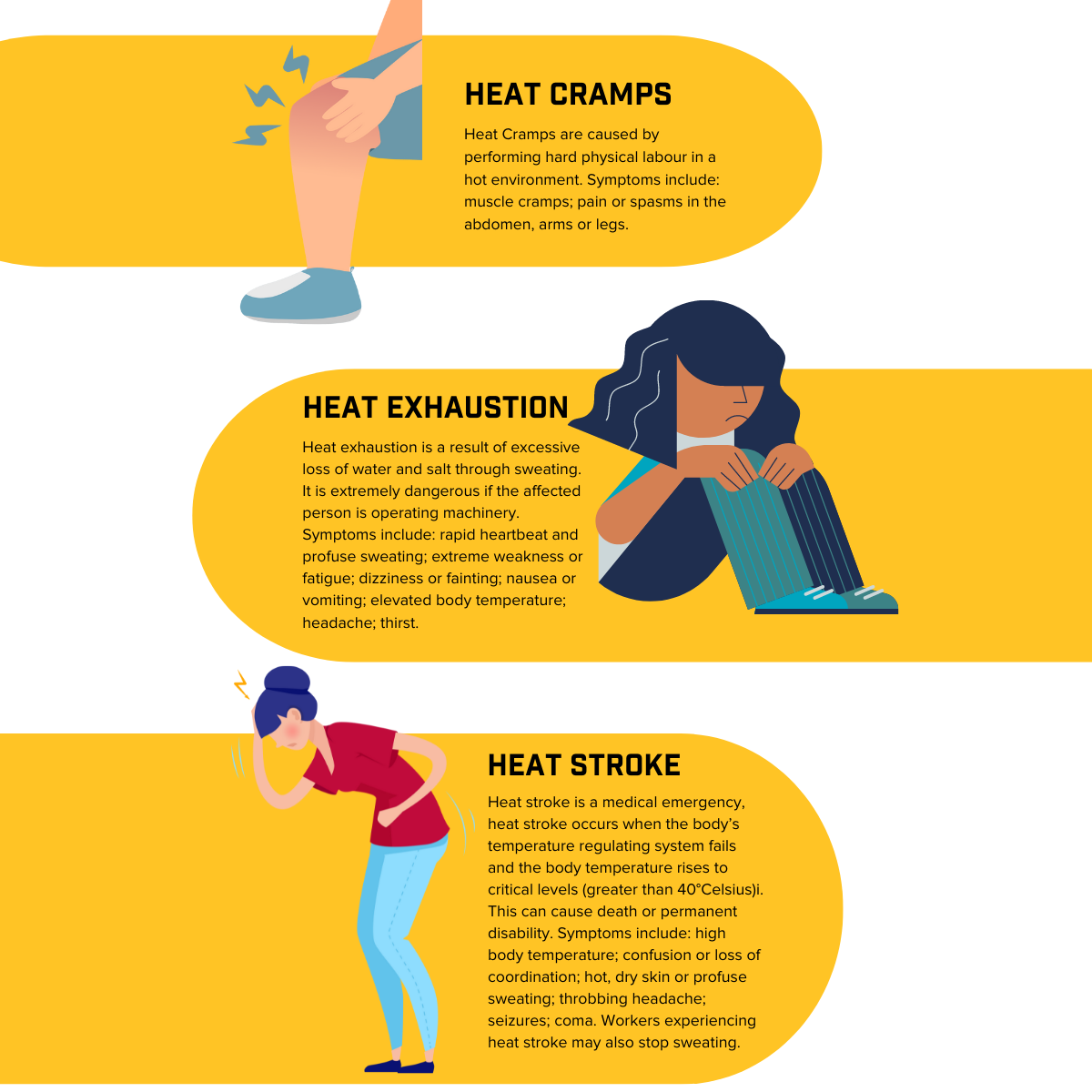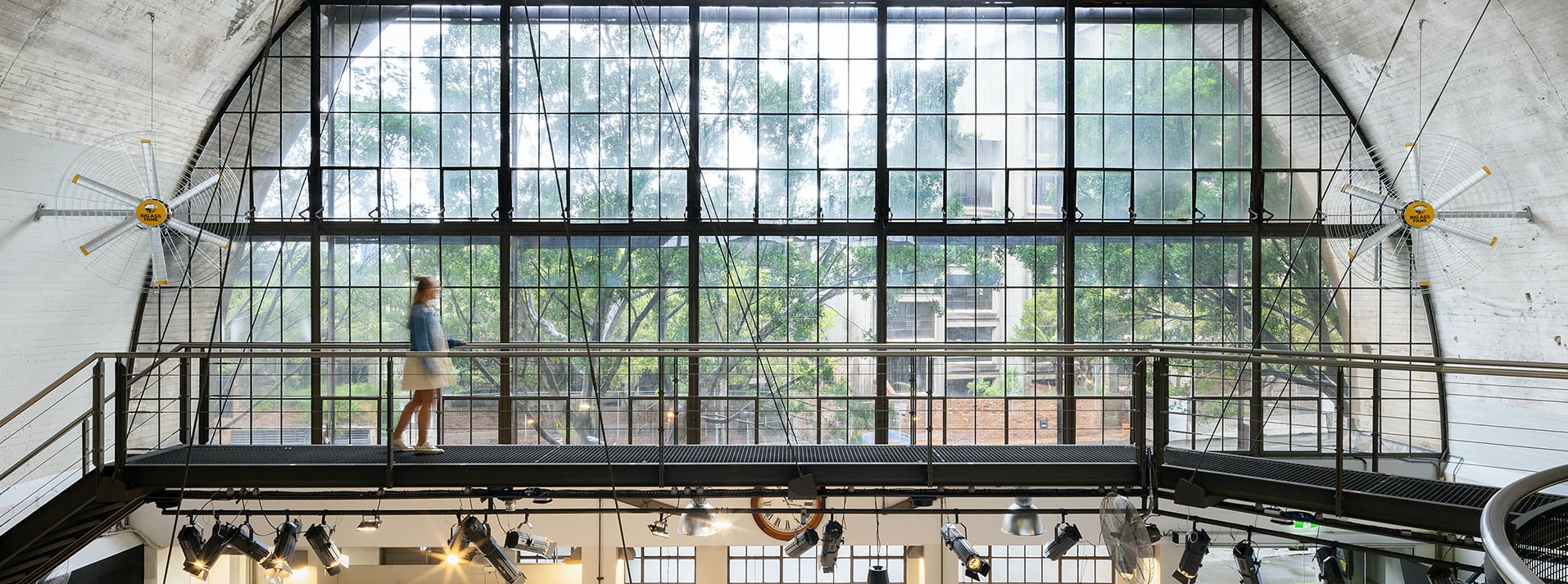
3 Common Signs of Heat Stress in Warehouse Workers
Prolonged and repeated exposure to heat can lead to heat-related illnesses. But what are the signs? We've put the 3 primary forms of heat stress into this handy guide so you can reduce the risk at your workplace.
Heat-related illnesses can range from mild conditions like dehydration or a heat rash, to potentially lethal conditions such as heat stroke. The human body is constantly working to maintain an ideal temperature of around 36–37°Celsius. Heat stress occurs when the body is unable to cool itself enough to maintain a healthy body temperature. It relates to the total heat load on the body from all sources, including ambient air temperature, radiant heat, air movement, relative humidity, clothing and physical exertion.
Exposure to heat has killed more people in Australia than the sum of all other natural hazards, according to a 2014 report published by the journal, Environmental Science & Policy. Worryingly, studies show workers routinely overestimate their heat tolerance, believing they are capable of continued work in high heat. This is a major concern for managers responsible for worker safety.
Here are the 3 primary forms of heat stress that are commonly found in Australian Warehouses:
Australian Workplace Health and Safety (WHS) laws do not specify a ‘stop work’ temperature. However, WHS laws require any person conducting a business or undertaking (PCBU) to monitor temperatures in the workplace and eliminate or minimise the risks of working in heat. “The model Code of Practice: Managing the work environment and facilities recommends that work be carried out in an environment where the temperature range is comfortable for workers and suits the work they carry out.
how high volume, low speed fans can help
At Big Ass Fans our motto is Fans cool people, not rooms. Elevated air speed and increased air circulation directly improve occupants’ thermal comfort, delivering businesses a wide range of personal and financial benefits. High Volume, Low Speed (HVLS) fans are perfect for large workspaces, gently moving large quantities of air. The air from a HVLS fan moves toward the floor in a column that radiates in all directions, flowing horizontally until it reaches a wall — or airflow from another fan — at which point it turns upward and flows back toward the fan. This creates convection-like air currents that build as the fan continues to spin. The increased air circulation accelerates the rate in which sweat can be evaporated from the skin.
The result is a silent, non-disruptive and even distribution of 4.8- to 8-kph breezes over large spaces, with a perceived cooling effect on occupants of up to approximately 6°C.
To see how best to circulate air within your space and improve employee comfort, check out our SpecLab and CFD modelling tools, which can customize the placement of fans in your space and map out the airflow, air velocity and cooling effect it will have on your people.

